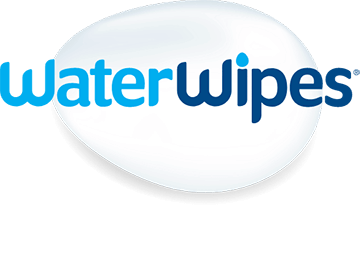Although skin-to-skin is standard practice, it’s a good idea to let your LMC know this is what you want. A baby born via c-section can have skin-to-skin with Dad immediately after birth and of course, with Mum as soon as she’s able. You might like to write a birth plan and include skin-to-skin as something important to your family.
Benefits of skin-to-skin
Helps to regulate baby’s temperature, heart rate and breathing after birth
Encourages baby to find the breast and latch for their first feed
Keeps your baby relaxed and comforted
These are just some of the benefits of skin-to-skin immediately after birth, but did you know you can do skin-to-skin days, weeks or even months after birth? This is one way to help calm your baby (something to have in your toolkit during witching hour) and may help with boosting milk supply.
To do skin-to-skin later down the track, strip baby off to just a nappy and place them on your chest. Hold them close and try to relax. It might be the closeness, your breath or heart rate that helps an overtired baby finally nod off to sleep.
Do I need to put anything on my baby’s skin?
In the early days, there’s no need to use anything on your baby’s skin. The skin is our body’s largest organ and absorbs almost everything we put on it. A baby’s skin is much more delicate than our own so bathing with just water and a soft cloth is fine.
WaterWipes are the only wipe made using just water and a drop of fruit extract. WaterWipes are ideal for nappy changes but they’re also handy for the days you’re not bathing baby to wipe fluff from between little fingers and toes, and to gently clean baby’s face.
Speaking of baths, did you know it’s now recommended to delay the first bath? You can wait days or even longer to officially bath your baby. And it’s probably a few months down the track before you have a bedtime routine in place so don’t feel pressured to bath your baby every day. Until they’re moving and eating food, most of the time your baby will stay relatively clean.
Help! I think my baby has pimples?!
Baby acne is very common and many babies will go through a period of having spotty skin. This usually happens within the first few weeks of your baby’s life and should resolve on its own. Keeping baby’s skin clean and dry can help (this just means wiping away dribbles and spills), as well as being mindful of any harsh fabrics, cleaners or lotions coming into contact with baby’s sensitive skin.
A general rule of thumb is to take a minimalist approach I.e. only use water to clean baby, use lotions and creams only as needed, and use soft fabrics to dress and clean baby.
If you’re ever worried about your baby’s skin, or think they have eczema or an allergic reaction to something, consult your GP promptly.
References:
Information within this blog is based on NZBA guidance, a Ministry of Health funded organisation.
NZBA Baby Friendly Aotearoa New Zealand. (2018). Skin-To-Skin Contact. Retrieved from https://www.cdhb.health.nz/wp-content/uploads/b8939896-nzba-skin-to-skin-contact-2018-19.pdf

